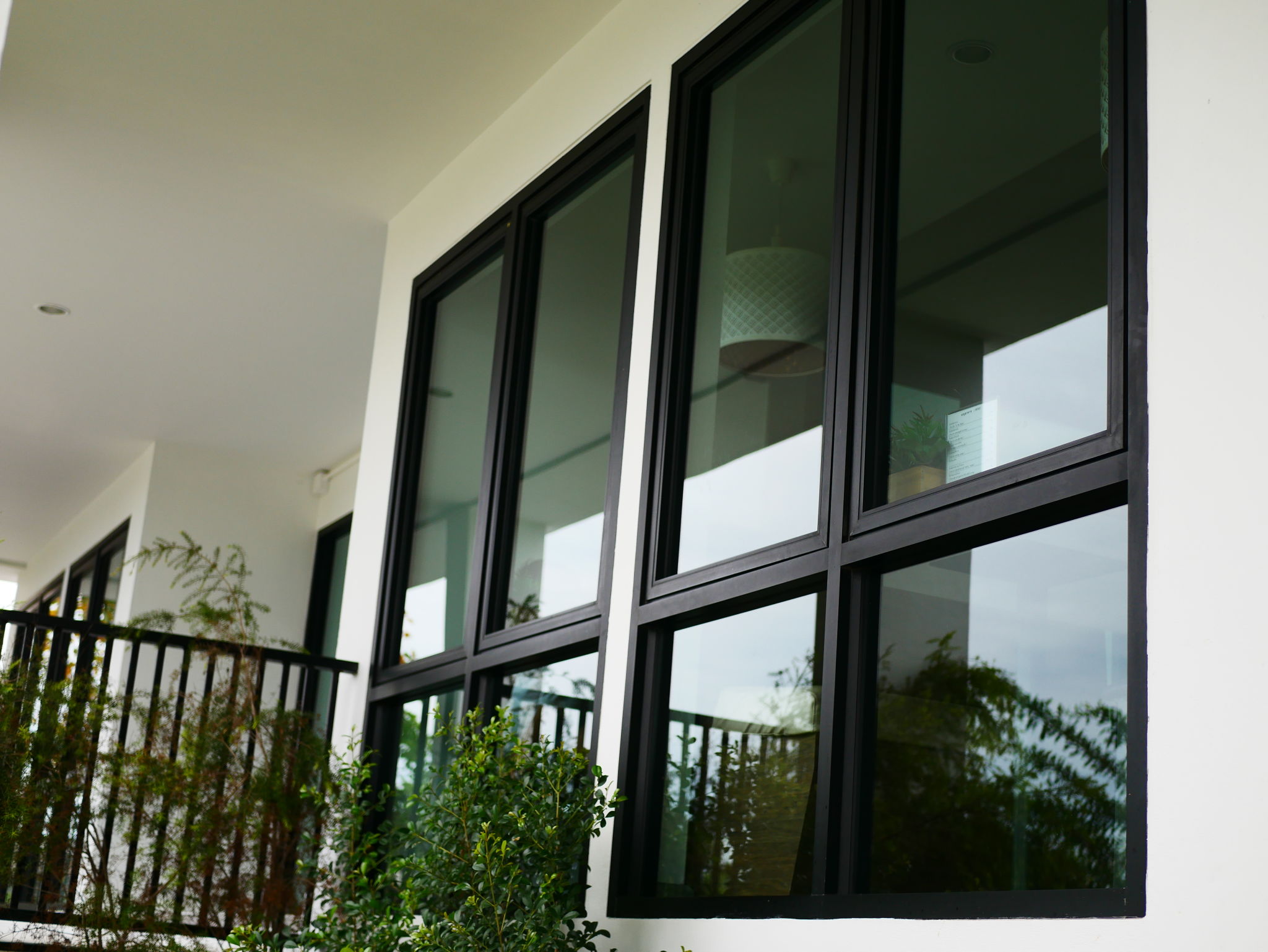How Does Window Tint Improve Fuel Efficiency? A Comprehensive Guide
Understanding the Basics of Window Tinting
Window tinting involves applying a thin film to the interior surface of a vehicle’s windows. This film can vary in shades and materials, offering different levels of protection and benefits. While many people choose window tinting for aesthetic reasons, it also provides significant practical advantages, such as improved fuel efficiency.
One of the primary ways window tinting enhances fuel efficiency is by reducing the vehicle’s reliance on air conditioning. When the sun’s heat is minimized inside the car, the air conditioning system doesn’t have to work as hard to maintain a comfortable temperature, which in turn saves fuel.

The Science Behind Heat Rejection
Window tint films are designed to reject heat by blocking a substantial portion of solar energy. This is achieved through advanced technology incorporated into the film, which can reflect or absorb heat. By reducing the amount of heat entering your vehicle, less energy is needed to cool it down.
Not all window tints are created equal. Higher quality films offer better heat rejection properties. For those looking to maximize energy savings, investing in a premium tint can lead to more noticeable improvements in fuel efficiency.
Types of Window Tint Films
There are several types of window tint films available, each with unique properties:
- Dyed Film: Offers basic heat reduction and is cost-effective.
- Metalized Film: Provides increased heat rejection and added strength.
- Ceramic Film: Delivers superior heat rejection without affecting visibility.

Calculating Fuel Efficiency Gains
Although the savings in fuel from window tinting might seem small on a per-trip basis, they add up significantly over time. By lowering the strain on your vehicle’s air conditioning system, you reduce fuel consumption, leading to long-term savings.
To estimate your potential savings, consider factors such as the climate you drive in, the extent of your vehicle’s air conditioning use, and the quality of the tint film. In regions with high temperatures, the benefits are more pronounced, as less energy is needed to cool the car.
Additional Benefits of Window Tinting
Aside from improving fuel efficiency, window tinting offers other advantages. It enhances privacy and security by reducing visibility into the car. Additionally, it protects interior surfaces from UV damage, extending the life of your dashboard and upholstery.

Conclusion: A Worthwhile Investment
Investing in window tint not only enhances your vehicle’s appearance but also contributes to better fuel efficiency and a more comfortable driving experience. By choosing the right type of tint film, you can enjoy a cooler car interior and reduced fuel costs over time.
In summary, window tinting is a smart choice for any vehicle owner looking to improve efficiency and comfort. With its range of benefits, it’s an upgrade worth considering for both new and existing vehicles.